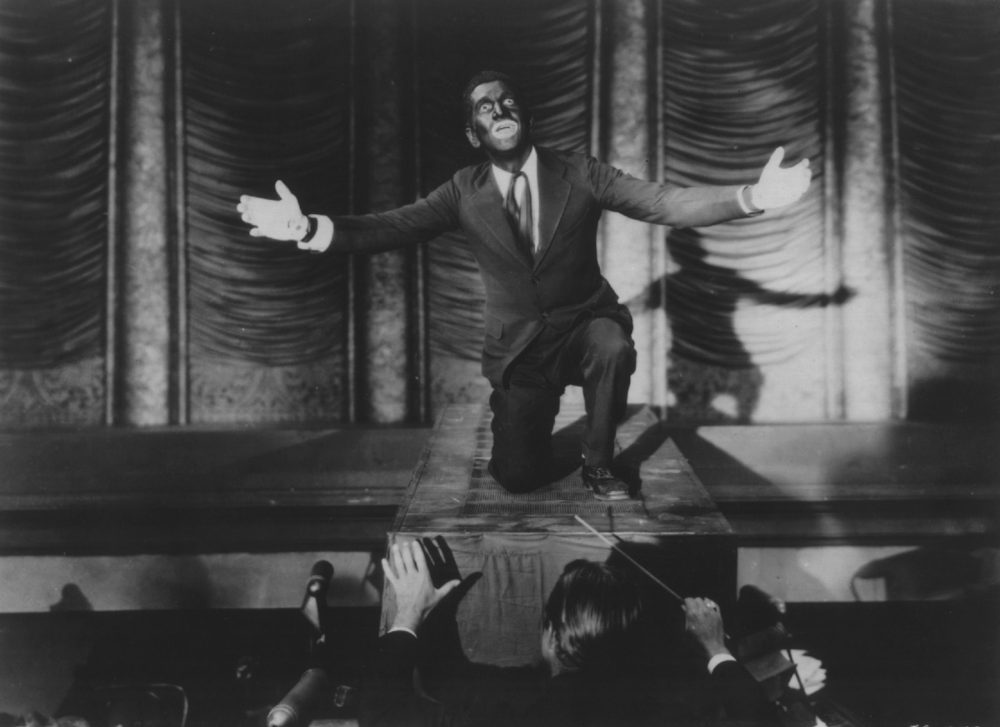Sound Film
Film Art
We could make this publication thanks to small donations. How is 3 minutos de arte supported?
Sound Film
“Sound films” are movies that, as of 1927, incorporate synchronized sound with the image.
We mean “perfectly synchronized” sound. In fact, sound films were already being shown in 1900, but they did not work for two basic reasons: the lack of technological capacity to correctly synchronize the sound with the image, and that the ambient sound recordings were of very low quality, so there was only one way to record and for the result to be acceptable: by capturing the sound very closely with very large recording devices, which made the filming of a scene very complicated.
In 1927, silent films were doing excellent business, and things were going well, But one of the Warner brothers (of the famous Warner Bros. production company), Sam, envisioned a future where movies included dialogue with synchronized sound. And in a self-fulfilling prophecy, he made that future he envisioned possible.
Warner invested heavily in the technology needed for both shooting the films and making the sound heard in theaters. It was a time when production companies owned most of the theaters, so Warner also invested in the necessary technology for its theaters.
The Jazz Singer was Warner’s first film with synchronized sound, and it is widely regarded as the first sound film in history. And such was its success that there was no turning back. A huge investment was necessary, and therefore all the studios made a very risky bet and were weakened just a short time before the crisis of 1929, so many of them went bankrupt and only eight remained standing (those that initiated the Golden Age of Hollywood in 1930).
From The Jazz Singer onwards, all films were produced with synchronized sound in a very short period of time. Cinema had changed forever.
But it is not as simple as it seems.
Once the first difficulty of the cost of the technology had been solved, other problems followed one after the other. Some seem logical, others almost absurd. One is that cinema had conquered the world, but in countries where English is not spoken, the new synchronized dialogues were useless. So subtitling was born. But it took a long time for people to get used to watching the movie and reading at the same time, and it was a time when not everybody read fluently. So many of the films started to be produced in several languages, which was very expensive until the simple and brilliant idea of dubbing came up.
On the other hand, at first, the technology to record ambient sound was not so advanced, and it got easily “dirty.” The shots were quite static so as not to generate much movement, which would generate noise. This changed the dynamics of the films.
But, fundamentally, let’s take into account that screenwriters, directors, and actors were born and raised in the world of silent language. They all had resources for this type of language, specific tools for expressing themselves in the absence of sound.
Let us consider the actors and actresses: they had expressed themselves without words all their lives; they “spoke” with their gestures, which were marked and exaggerated; they had never acted naturally. And then they had to learn to use fewer gestures and to be less exaggerated and theatrical. The actors and actresses had to learn how to act again.
And as if that were not enough, a tragic color note for the careers of many of them: in all art, what is absent is recreated in the mind of the spectator, and the voice of movie stars existed in the imagination of the viewers. For those viewers, the actual voices of some of those great figures were a real disappointment. And so, many stars were “extinguished” in an instant.
Recommended links:
The Golden Age of Hollywood (Classic Hollywood Cinema).
The First Comedy Film of the History of Cinema.
Charles Chaplin and his character Charlot.
Georges Méliès and the Magic of the Cinema.
The Best American Movies in History according to the American Film Institute.
You can also find more material using the search engine.




0 Comments